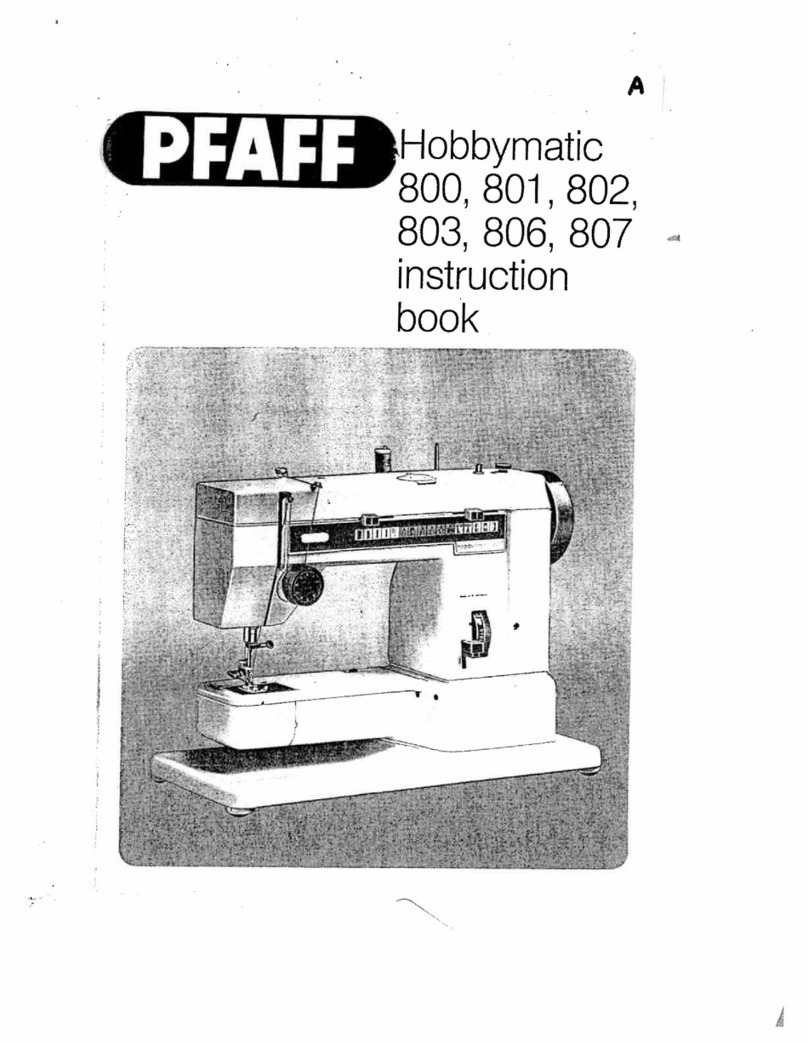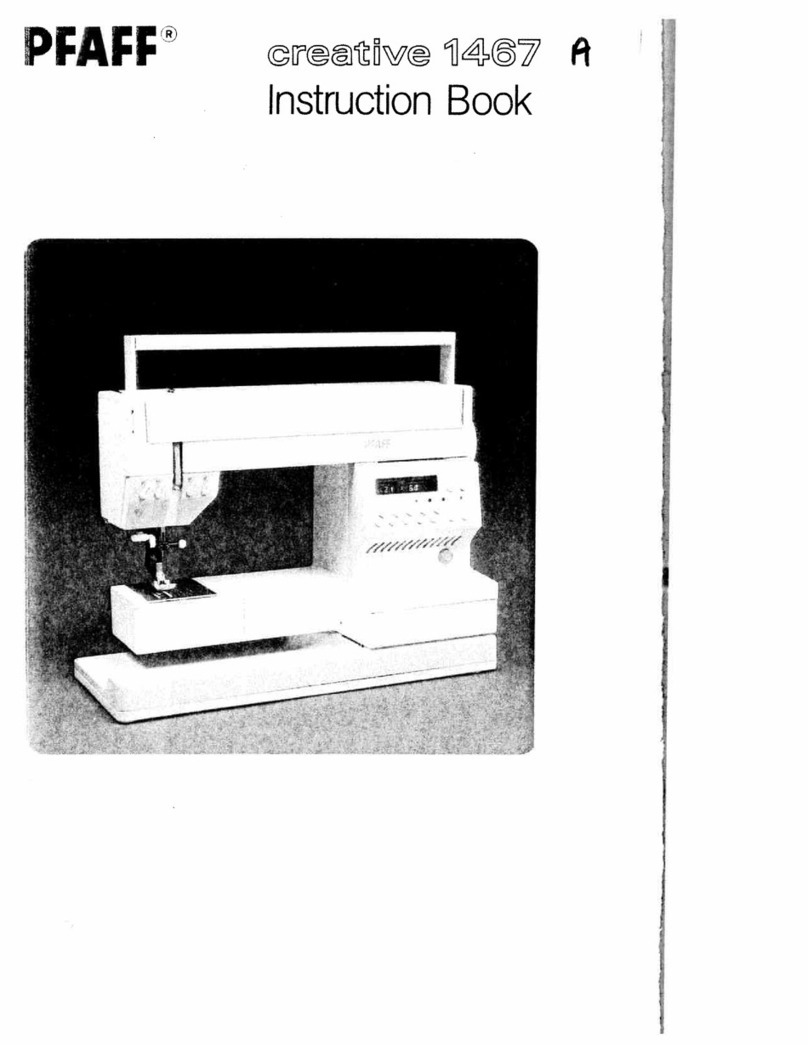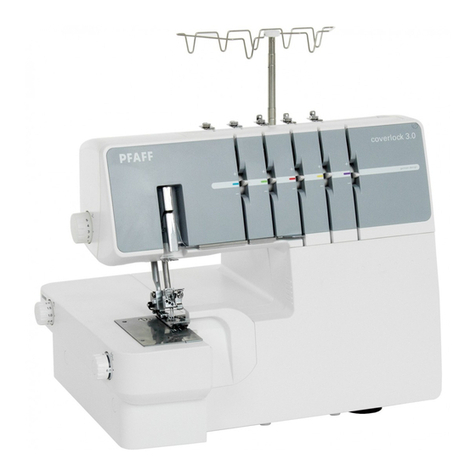Pfaff 3114 User manual
Other Pfaff Sewing Machine manuals
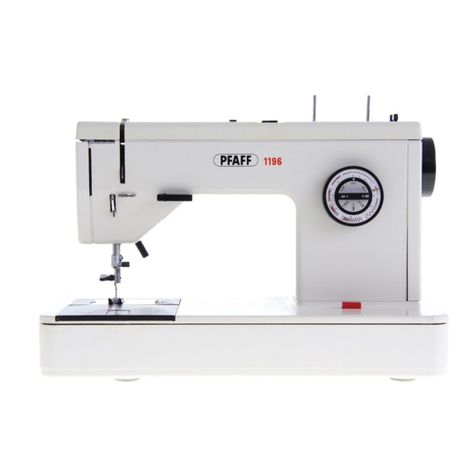
Pfaff
Pfaff 1196 User manual
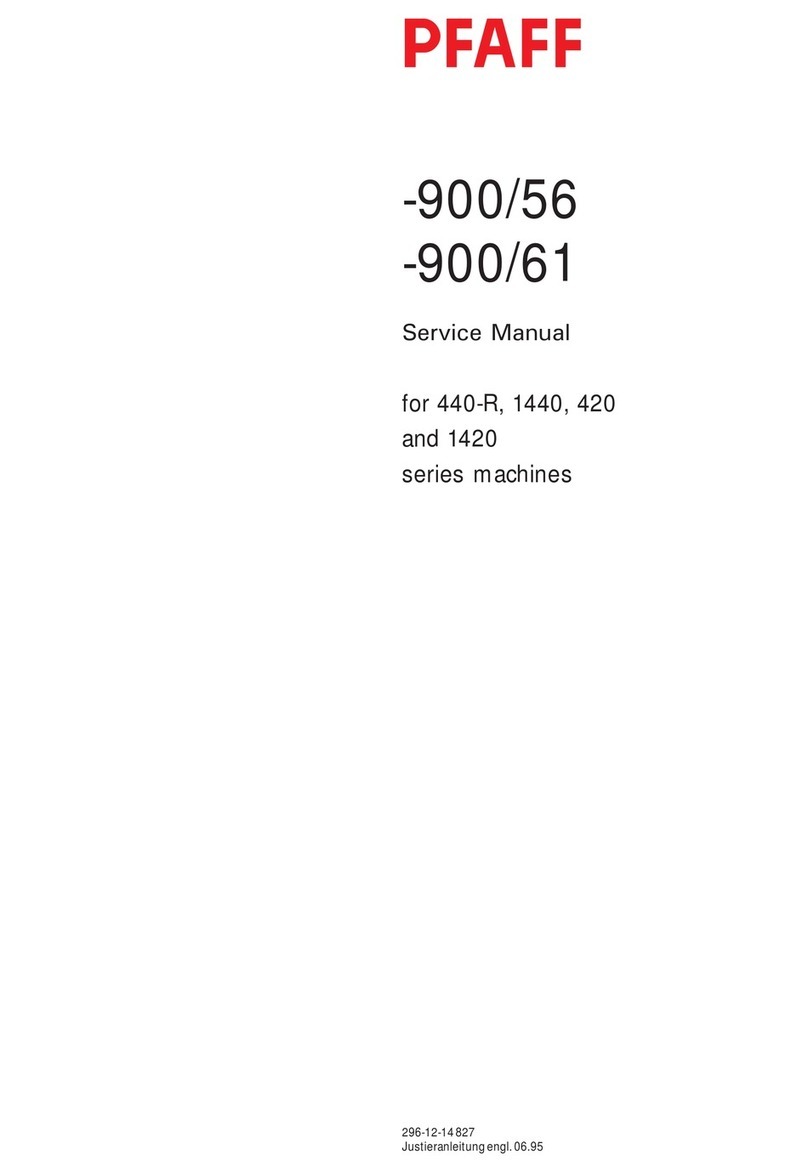
Pfaff
Pfaff 900/56 User manual
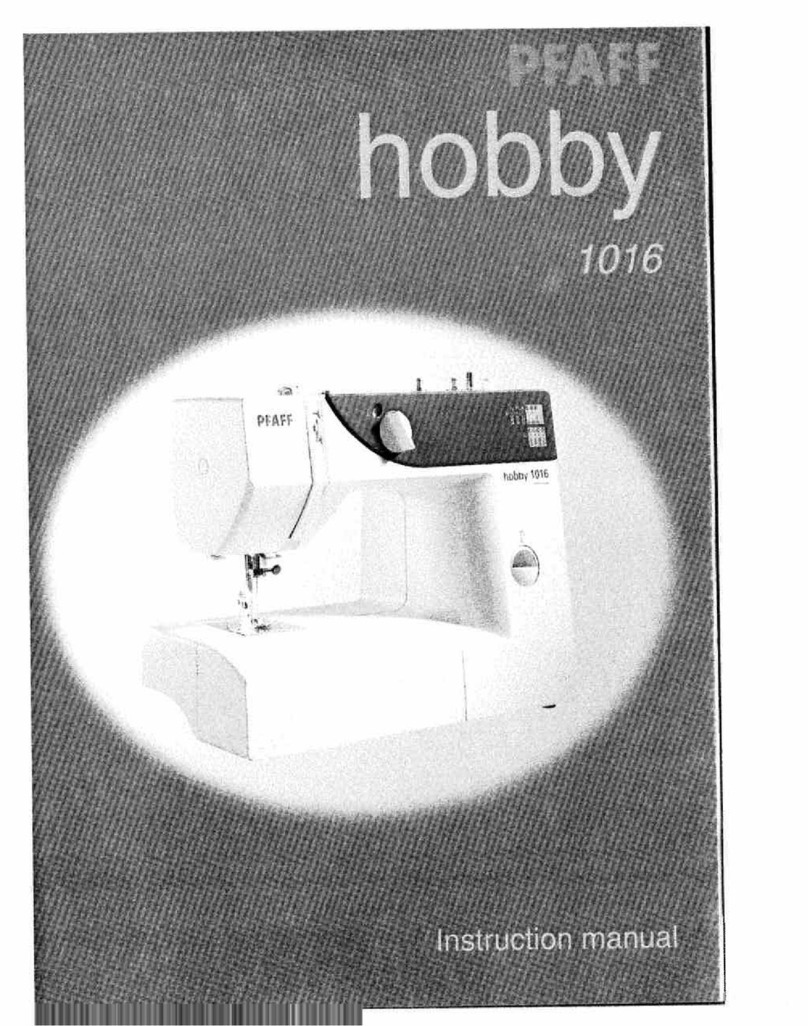
Pfaff
Pfaff hobby 1016 User manual
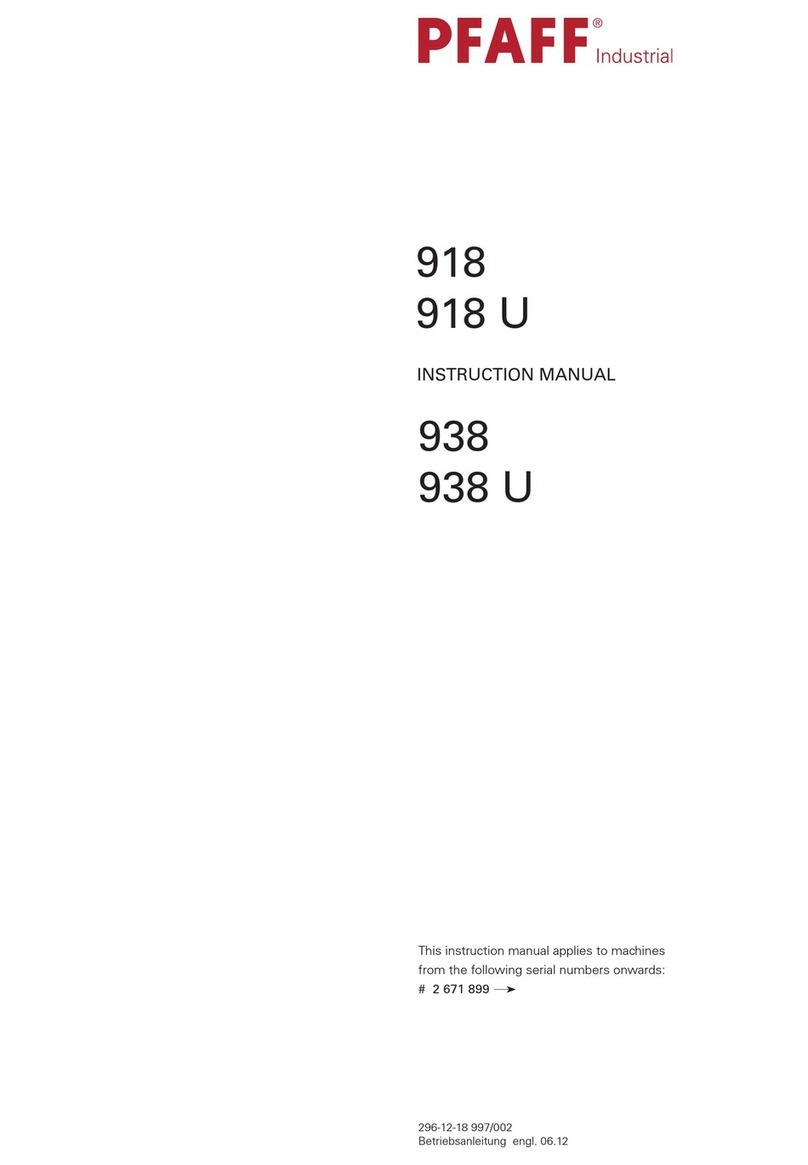
Pfaff
Pfaff 918 User manual
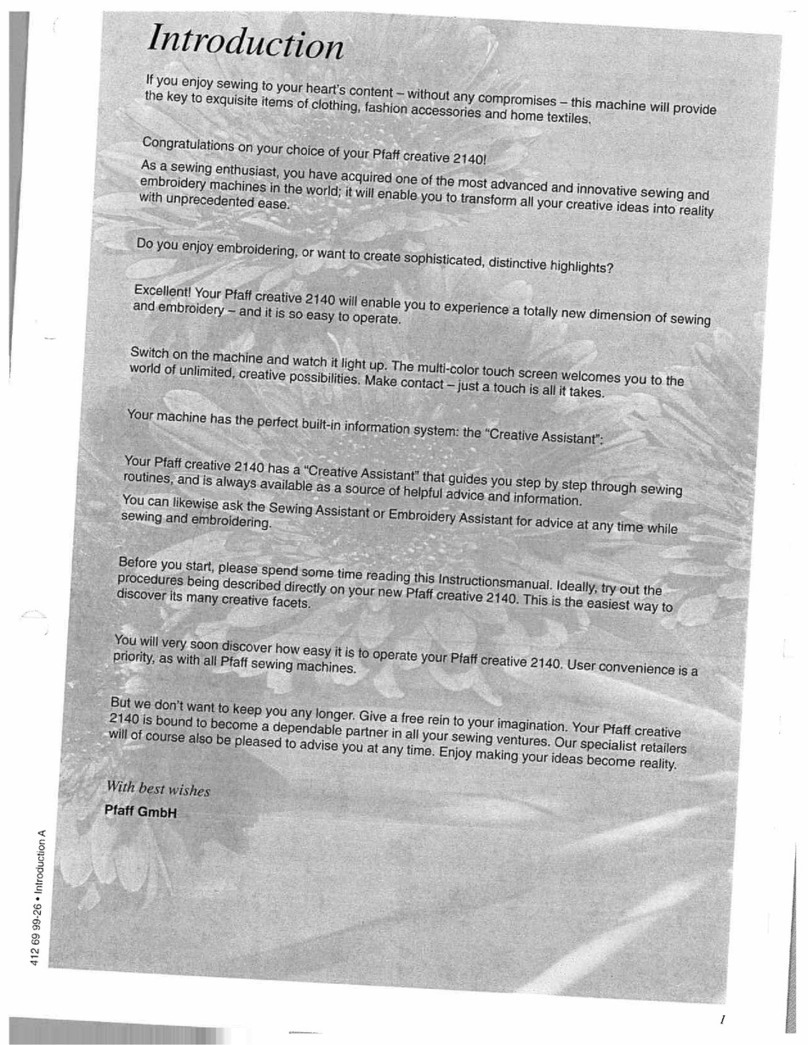
Pfaff
Pfaff Creative 2140 User manual
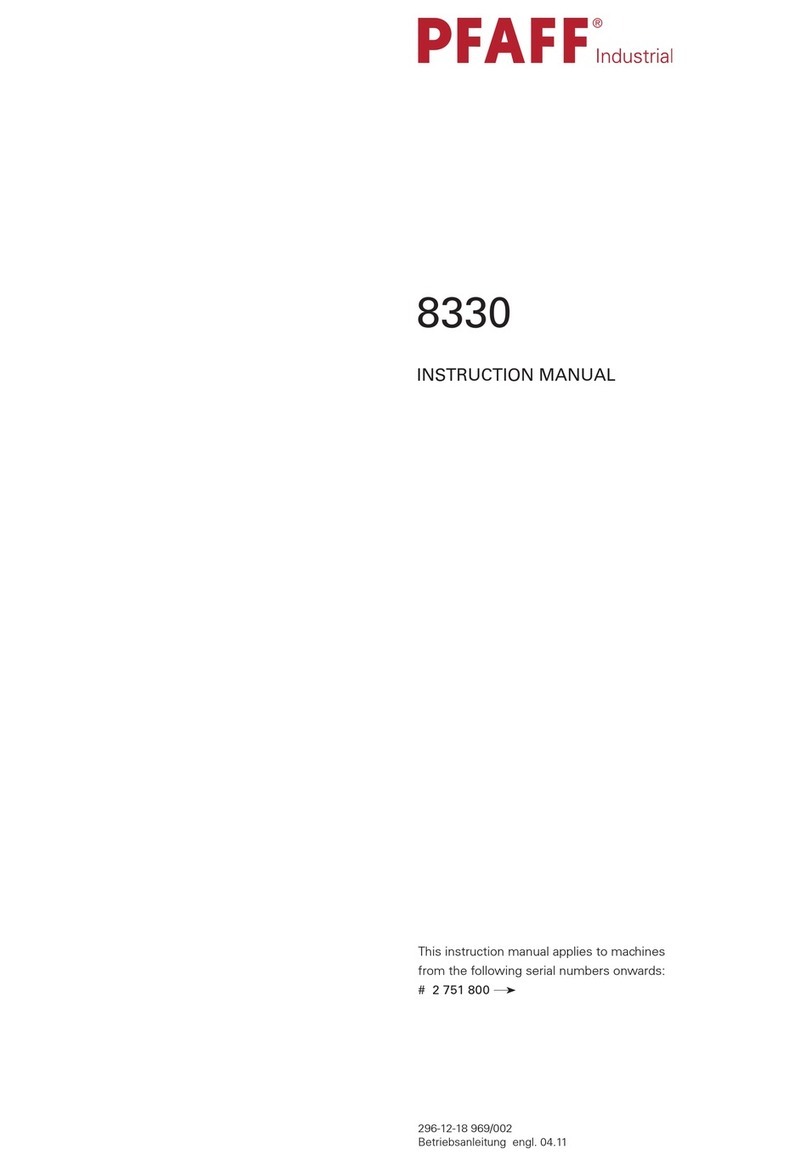
Pfaff
Pfaff 8330 User manual
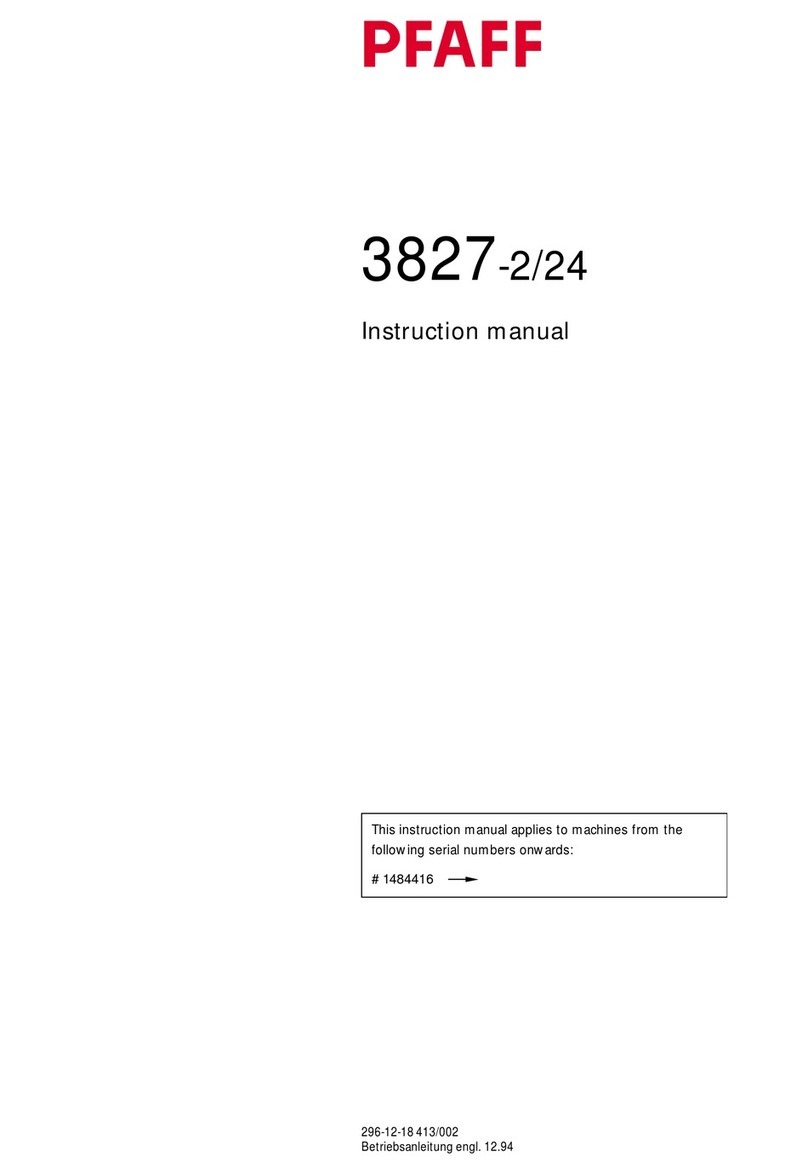
Pfaff
Pfaff 3827-2 User manual
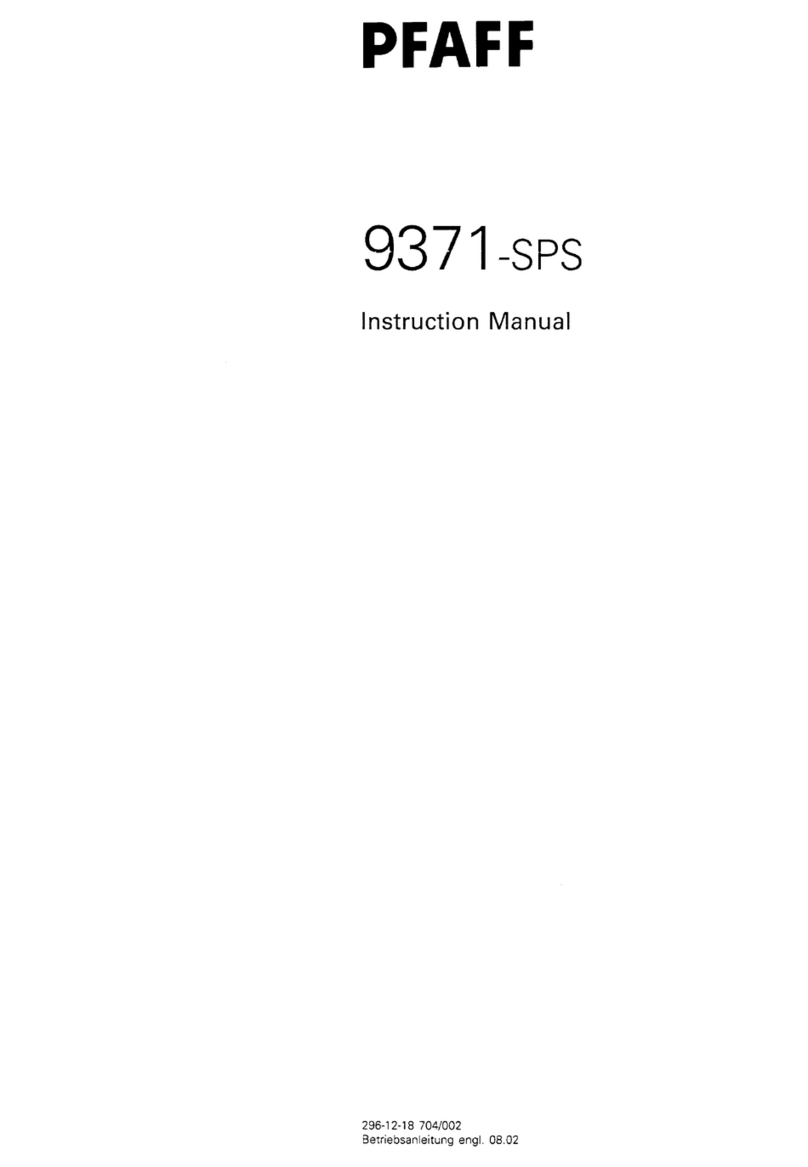
Pfaff
Pfaff 9371-SPS User manual
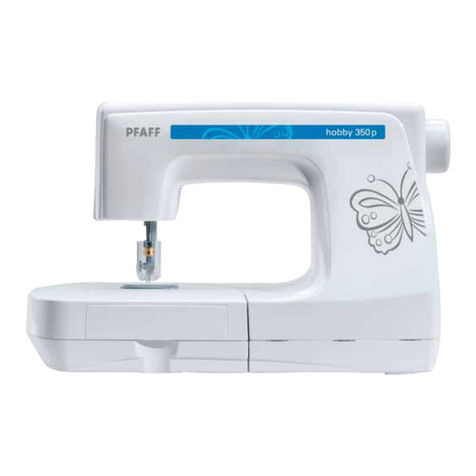
Pfaff
Pfaff Punching Machine Hobby 350p User manual
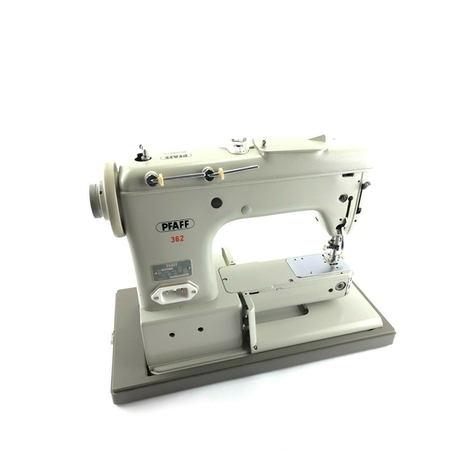
Pfaff
Pfaff Automatic 362 User manual
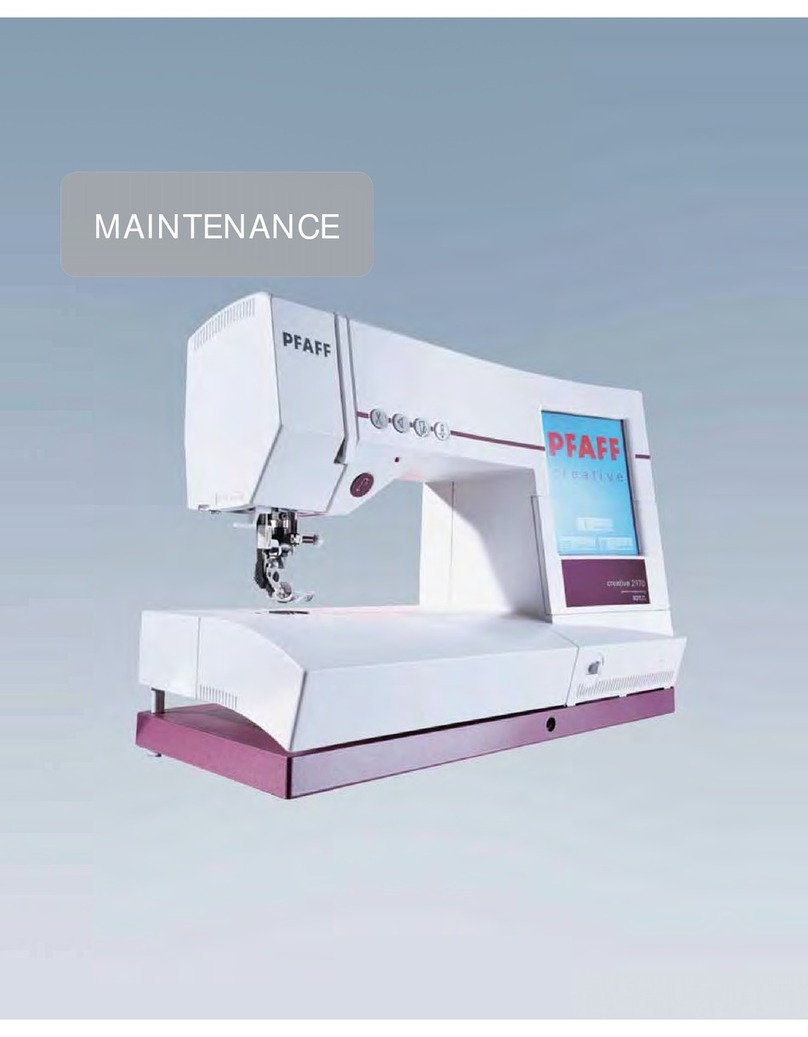
Pfaff
Pfaff creative 2170 Guide

Pfaff
Pfaff 269 User manual
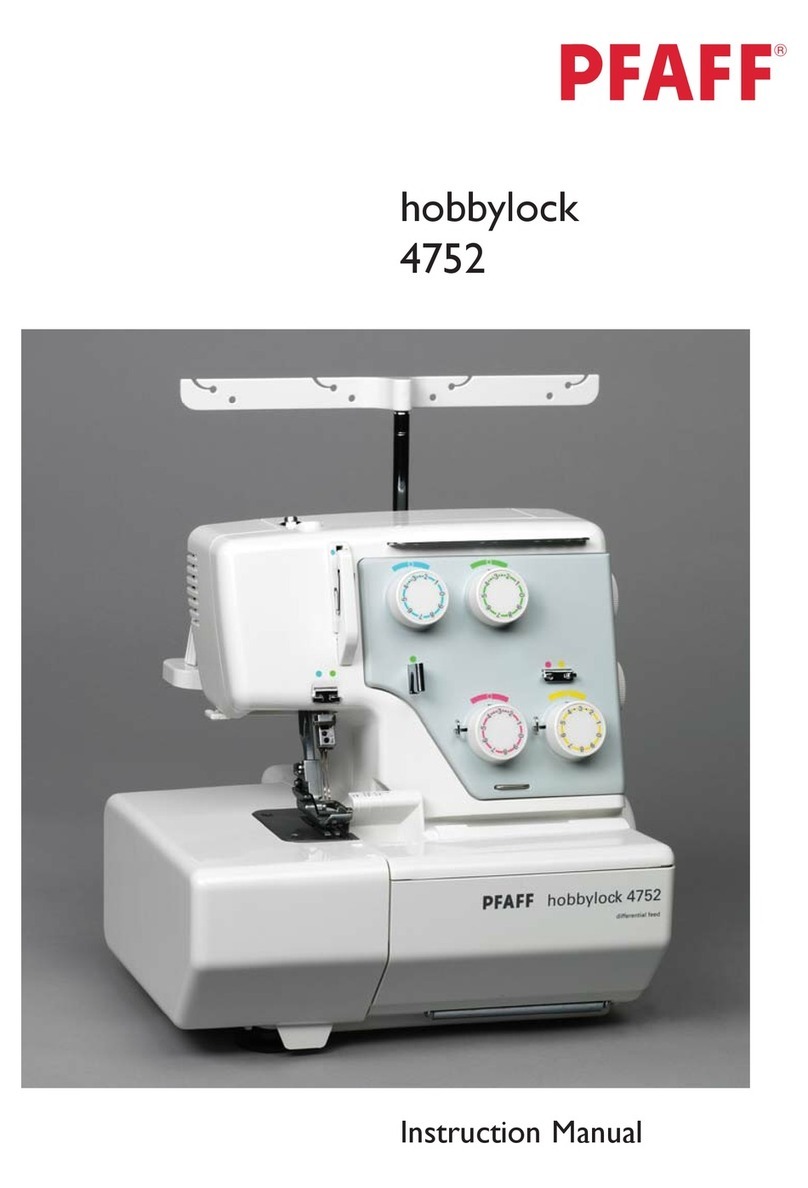
Pfaff
Pfaff hobbylock 4752 User manual

Pfaff
Pfaff 73 User manual
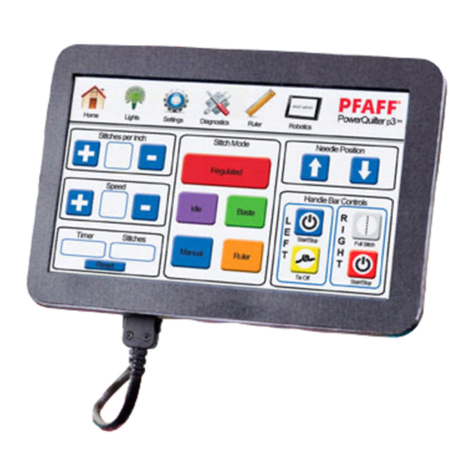
Pfaff
Pfaff QUILT ARTIST II User manual
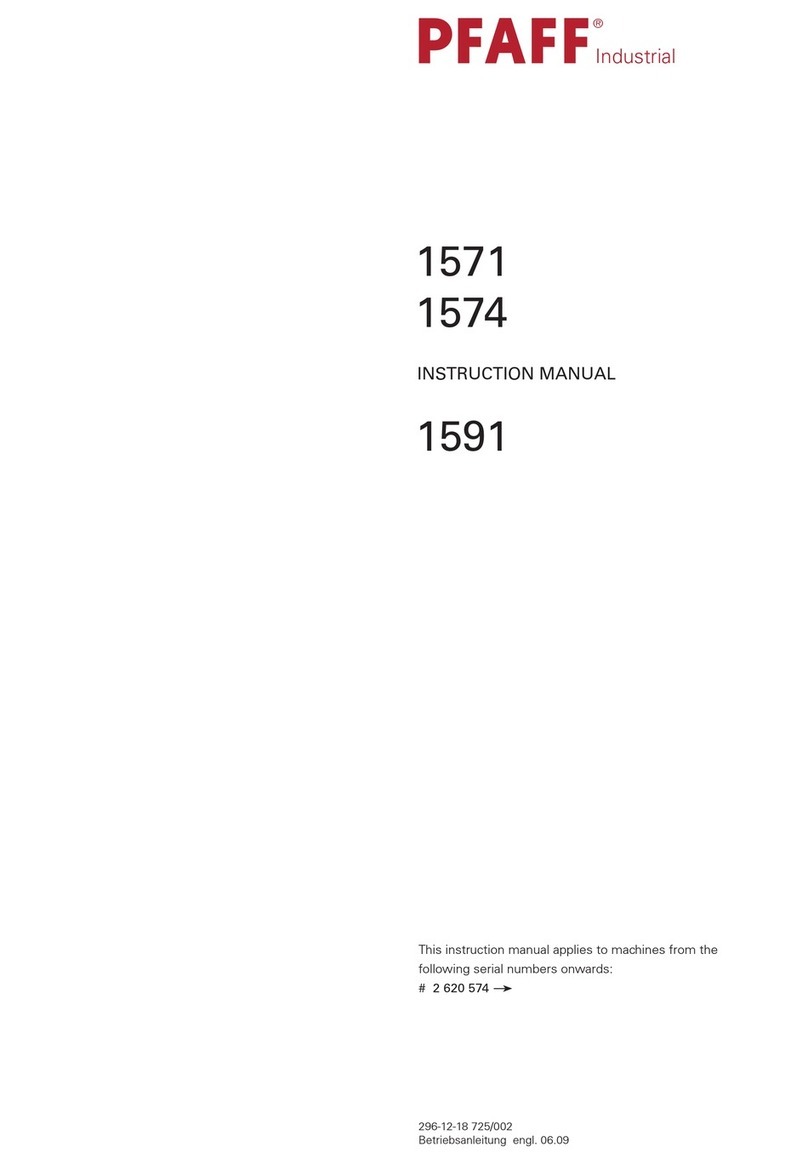
Pfaff
Pfaff 1571 User manual

Pfaff
Pfaff 335 Guide
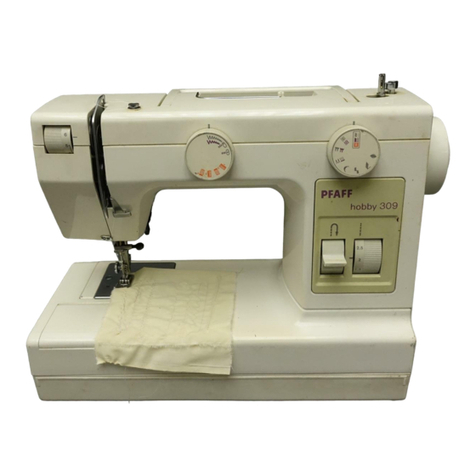
Pfaff
Pfaff hobby 307 User manual
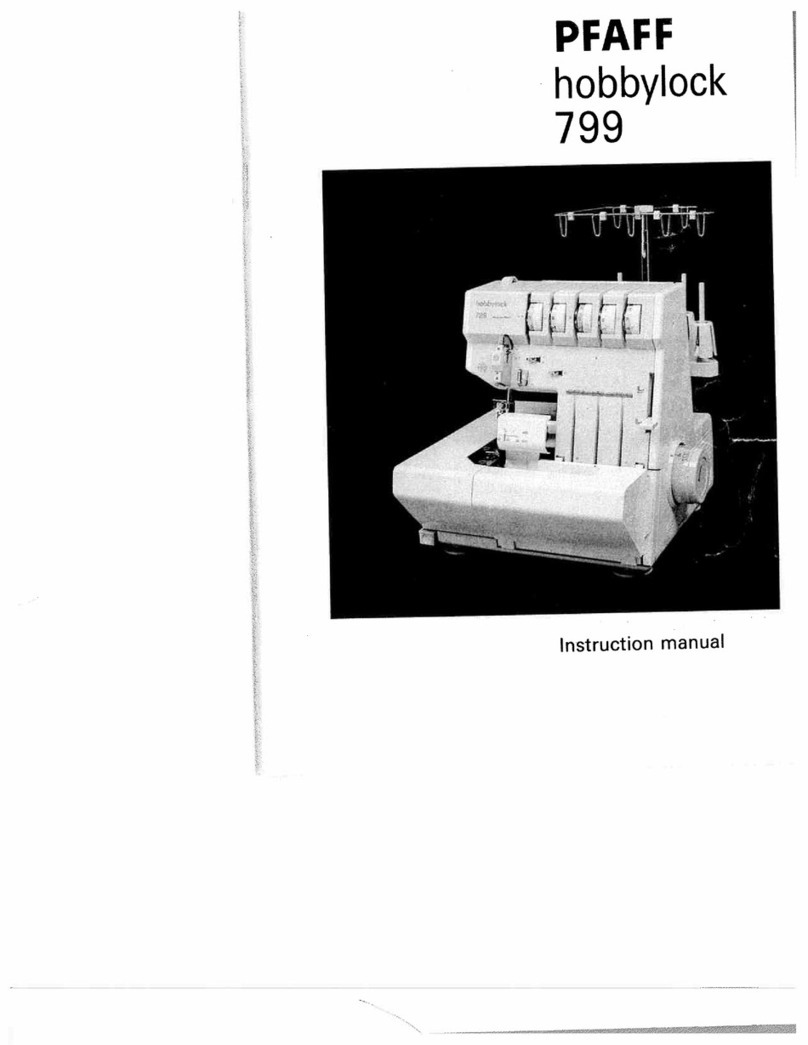
Pfaff
Pfaff hobbylock 799 User manual
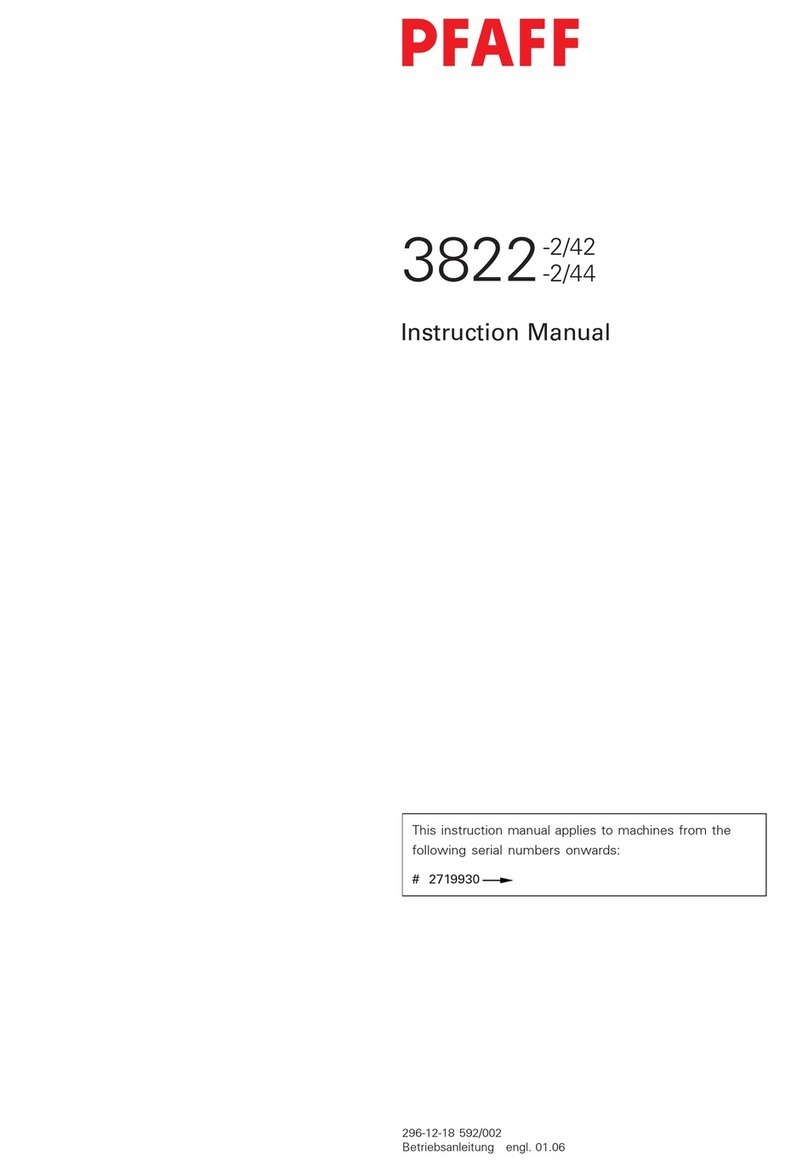
Pfaff
Pfaff 3822-2/42 User manual
